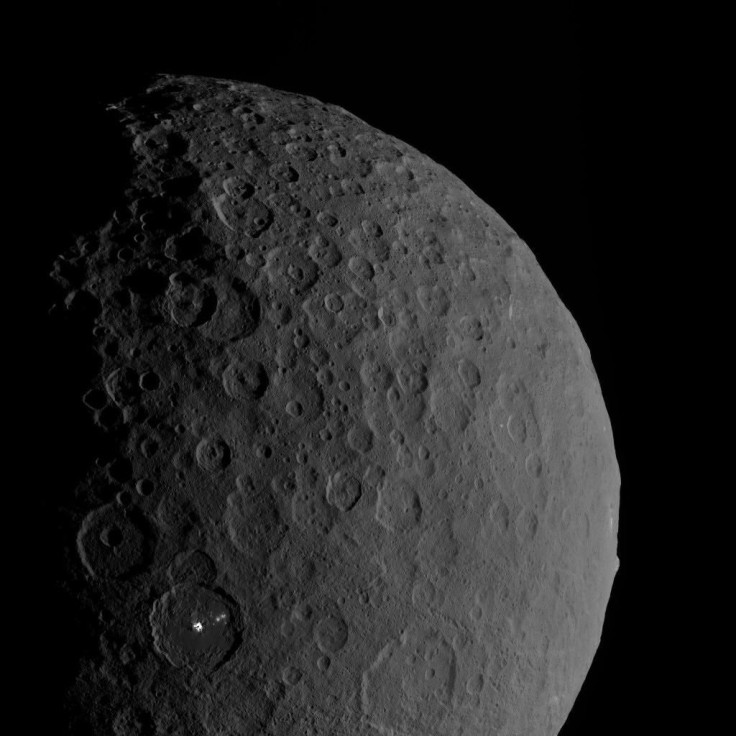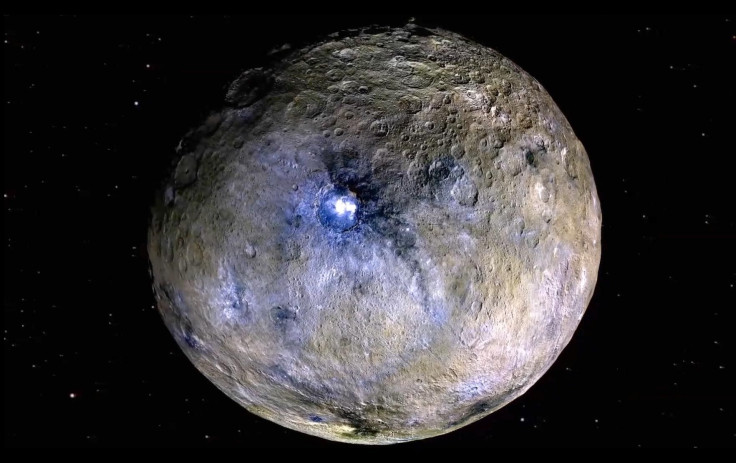First Asteroid Ever Discovered Is Actually A Dwarf Planet

The first asteroid discovered in the solar system took an entire year to nail down. It was Ceres, the largest object in the asteroid belt.
When it was first spotted shortly into 1801, scientists didn’t know what to make of the object or how to track it in the night sky, TED-Ed explains in a video (below). Astronomers were stumped for months and could not find Ceres once they lost sight of it. It took a new mathematical model for predicting orbits before they were able to pinpoint it again, with its re-discovery taking place on the last day of the year.
“Ceres is a very large asteroid but through a telescope … Ceres looked like a pinpoint of light similar to a star,” according to the video. “We haven’t lost track of it since.”
Since its discovery more than 200 years ago, Ceres, which is about 600 miles across, has since been upgraded to a dwarf planet — the only one in the inner solar system. It has also had a visitor: NASA’s Dawn spacecraft entered Ceres’ neighborhood in 2015 and was the first craft to visit a dwarf planet.

“Even though Ceres comprises 25 percent of the asteroid belt’s total mass, tiny Pluto is still 14 times more massive,” according to NASA.
Our understanding of asteroids has expanded tremendously since 1801 — as has the count of asteroids scientists have discovered. That number is in the several thousands.
“We must keep searching for asteroids in case there’s one out there on a collision course with Earth,” according to TED-Ed.
NASA, with help from other organizations, spends a good amount of time on preventing such a collision. That involves searching the sky for new asteroids and planning responses to asteroid emergencies. Contingency plans for avoiding a devastating asteroid crash include detonating a bomb on the space rock’s surface in the style of “Armageddon” and using gravity to draw it into a new course.
The space agency also recently sent its OSIRIS-REx spacecraft to a 4.5-billion-year-old asteroid named Bennu because, due to its age, it may hold clues about the formation of the solar system.
© Copyright IBTimes 2024. All rights reserved.





















